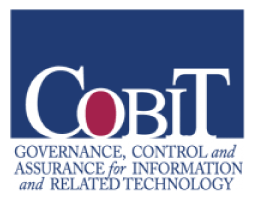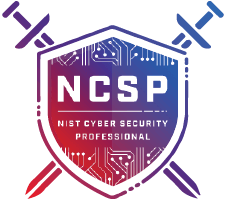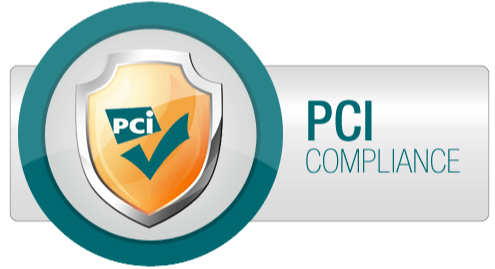Teacher attrition costs the United States roughly $2.2 billion dollars annually; an estimated half a million teachers either move or leave the profession each year.
Why? Because they are stressed out. In fact, in a report by the American Federation of Teachers put out last month, educators in the US aren’t just more stressed out than ever before, teachers are stressed out more than the average employee working outside of education.
Hostile work conditions with colleagues, high pressure demands of high stakes testing, diminished autonomy, and inadequate planning time are cited as key reasons why this generation of teachers’ psychosocial health is on the decline and they are leaving the profession.
How can we expect our students to want to learn if their teacher’s don’t want to be there?
Stress is our body’s way of responding to events that threaten or challenge us. When we encounter stress, our bodies react by redirecting blood flow to our muscles, increasing our blood pressure and heart rate, and elevating our adrenaline circulation and cortisol levels. What makes matters worse, prolonged stress can lead to diminished physical and mental well-being, increasing your likelihood of illness and life dissatisfaction, circumstances which ironically increase your likelihood of being stressed!
Research teaches us that individuals are more likely to feel stress when experiencing negative emotions, navigating uncontrollable, unpredictable, ambiguous situations, and when confronted with simultaneous task demands.
Contemporary teaching is by definition, therefore, a stressful endeavor!
What if there was a way to reduce teacher stress, while also improve behavioral and academic outcomes for students school-wide? There is, it’s called Social & Emotional Learning (SEL), and there is mounting empirical evidence to support the claim that SEL provides teachers with the strategies, culture, and collaboration they need in their school day to reduce their stress and optimize their teaching.
So you have too many demands on your plate? You can’t possibly get all you grades and evaluations in on time? What are you going to do about it? Think again- there’s always a way to dissolve the threat by making that stress a challenge to overcome!
SEL teaches us to turn a threat or stressful situation into a challenge. Appraising the cause of your stress as a challenge works to reduce your stress by changing how your brain is processing the event. When we phrase a threat as a challenge, this reappraisal opens up pathways for increased neural connectivity and message sending to promote your effective problem solving to meet the challenge. It’s not simply will power, its science!
I’ll show my principal that I can get this done by tomorrow well. It will take up my time this evening but my other demands are not as time sensitive and I can show myself that I can push myself to achieve when I put my mind to it! The reality is that when we switch our mindset to view a stress as a problem we can solve we promote the achievement of solving the problem!
Note that not all stress is bad. Research suggests that we have an optimal range of stress which is productive, rather than detrimental, to our health, well-being, and happiness. Some stress is actually healthy for promoting our productivity and happiness. How? We need that adrenaline and cortisol release to drive our productive behaviors and our satisfaction with experiences.
The SEL evidence-base provides insights into how to manage stress before it manages you.





